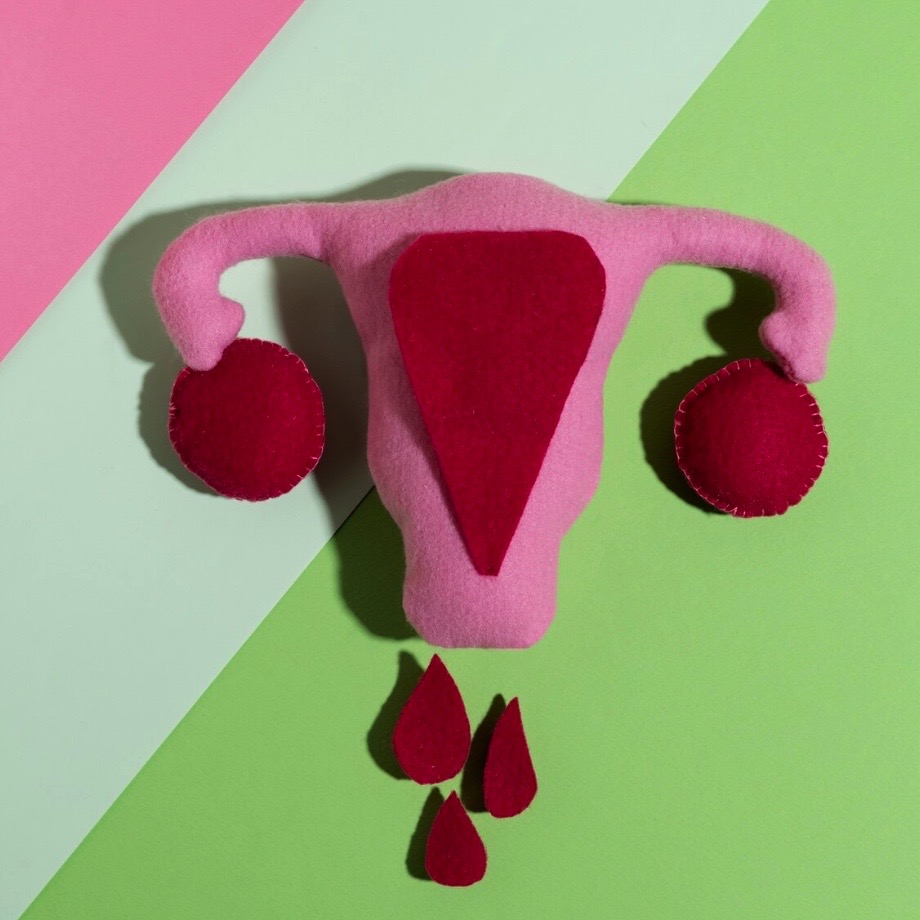Factors affecting the onset and the degree of post-hysterectomy vaginal vault prolapse

Submitted: 30 August 2023
Accepted: 12 February 2024
Published: 29 February 2024
Accepted: 12 February 2024
Abstract Views: 857
PDF: 221
Publisher's note
All claims expressed in this article are solely those of the authors and do not necessarily represent those of their affiliated organizations, or those of the publisher, the editors and the reviewers. Any product that may be evaluated in this article or claim that may be made by its manufacturer is not guaranteed or endorsed by the publisher.
All claims expressed in this article are solely those of the authors and do not necessarily represent those of their affiliated organizations, or those of the publisher, the editors and the reviewers. Any product that may be evaluated in this article or claim that may be made by its manufacturer is not guaranteed or endorsed by the publisher.
Similar Articles
- M. CERVIGNI, G. ORTICELLI, M. BOLOGNA, F. NATALE, E. SALVATORI, G. DI LORETO, P. DIONISIO, SINGLE-DOSE PRULIFLOXACIN VERSUS SINGLE-DOSE PEFLOXACIN IN THE TREATMENT OF ACUTE UNCOMPLICATED URINARY TRACT INFECTION IN WOMEN , Urogynaecologia: Vol. 17 No. 2 (2003)
- L. Cardozo, J. Blamfort, MANAGEMENT OF PELVIC ORGAN PROLAPSE , Urogynaecologia: Vol. 20 No. 3 (2006)
- Gita Nurul Hidayah, Surahman Hakim, Fernandi Moegni, Nurhadi Ibrahim, Budi Iman Santoso, Suskhan Djusad, Tyas Priyatini, Alfa Putri Meutia, Evaluation of the factors contributing to success of pelvic floor muscle training in stress urinary incontinence , Urogynaecologia: Vol. 34 No. 1 (2022)
- Evert L. Koldewijn, Dennis J.A.J. Oerlemans, Alexander Beulens, Michel J.A.M. de Wildt, Vera Vandoninck, Stefan De Wachter, Treatment of mild to moderate stress urinary incontinence with a novel polycaprolactonebased bioresorbable urethral bulking agent , Urogynaecologia: Vol. 34 No. 1 (2022)
- B. Adile, P. Palma, A. Pollina, S. Bandiera, M.L. Amico, A. Mercurio, G. Gugliotta, IMPACT OF URINARY INCONTINENCE ON THE QUALITY OF LIFE AND FEMALE SEXUALITY , Urogynaecologia: Vol. 20 No. 1 (2006)
- Julián Oñate Celdrán, Francisco M. Gonzalez Valverde, After Cesarean vesicouterine fistula (Youssef Syndrome) with successful conservative management , Urogynaecologia: Vol. 30 No. 1 (2017)
- Andelo Mojsović, Alexander J.W. Beulens, Evert L. Koldewijn, Long-term efficacy and safety of a bioresorbable polycaprolactone-based injectable in female stress incontinence , Urogynaecologia: Vol. 36 No. 1 (2024)
You may also start an advanced similarity search for this article.

 https://doi.org/10.4081/uij.2024.317
https://doi.org/10.4081/uij.2024.317




